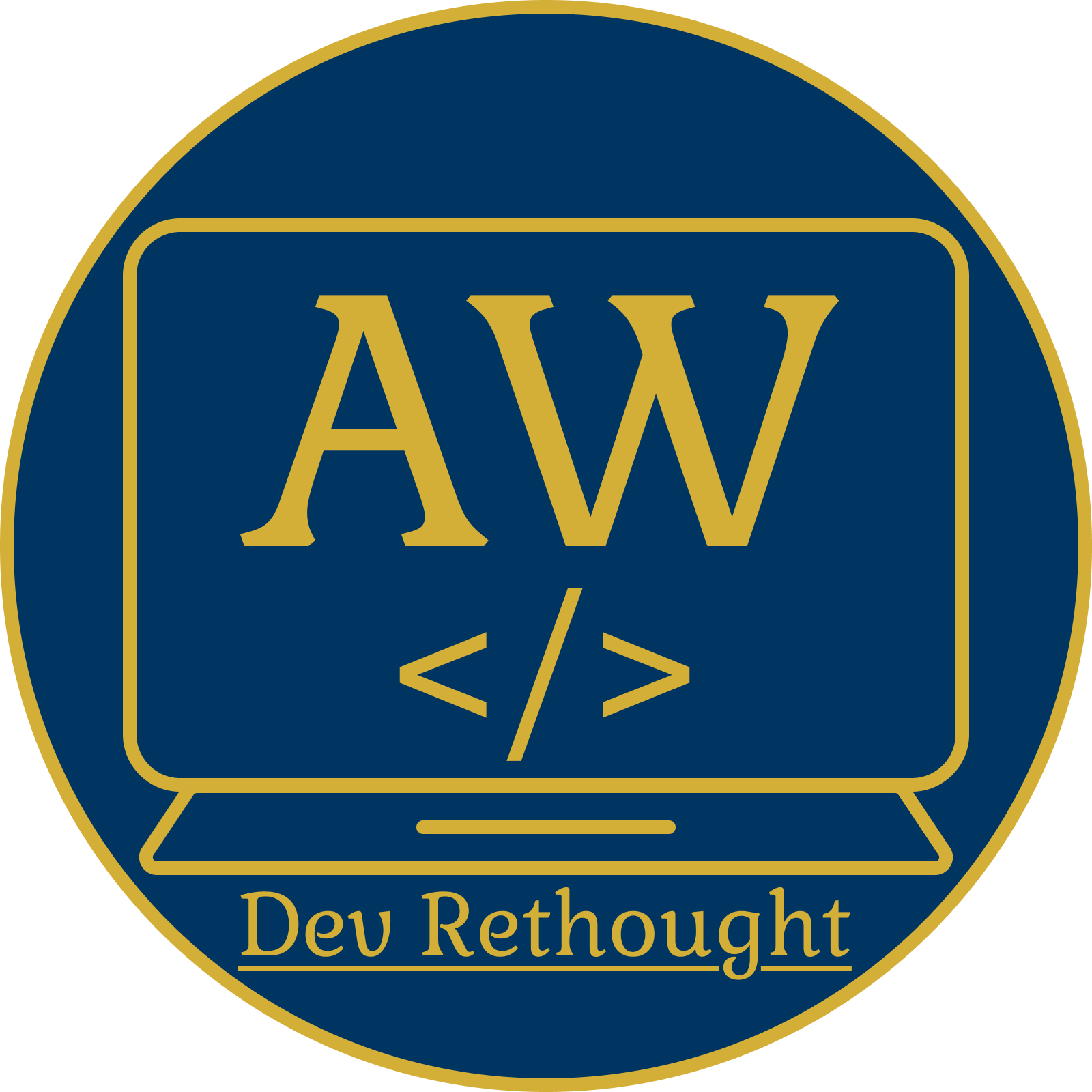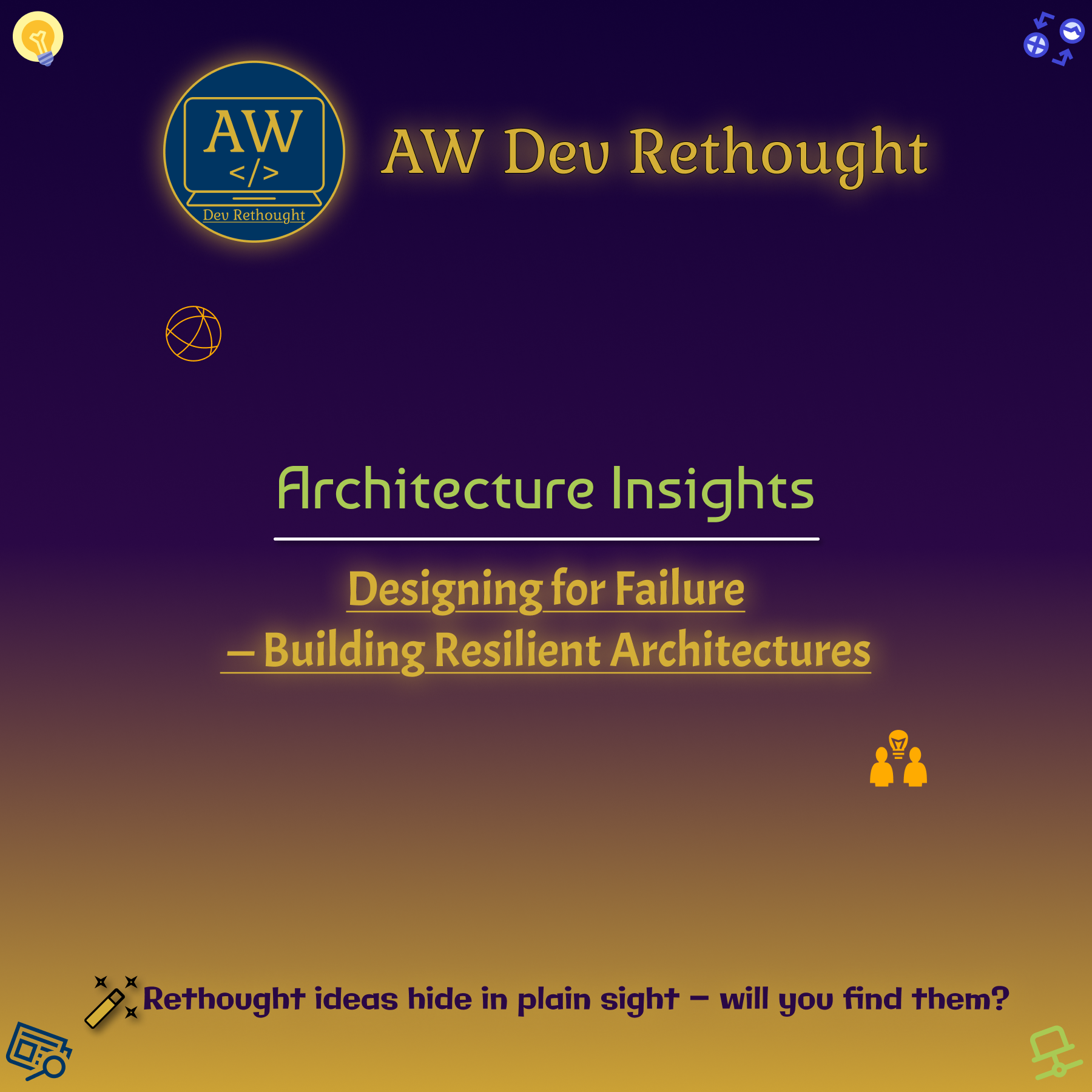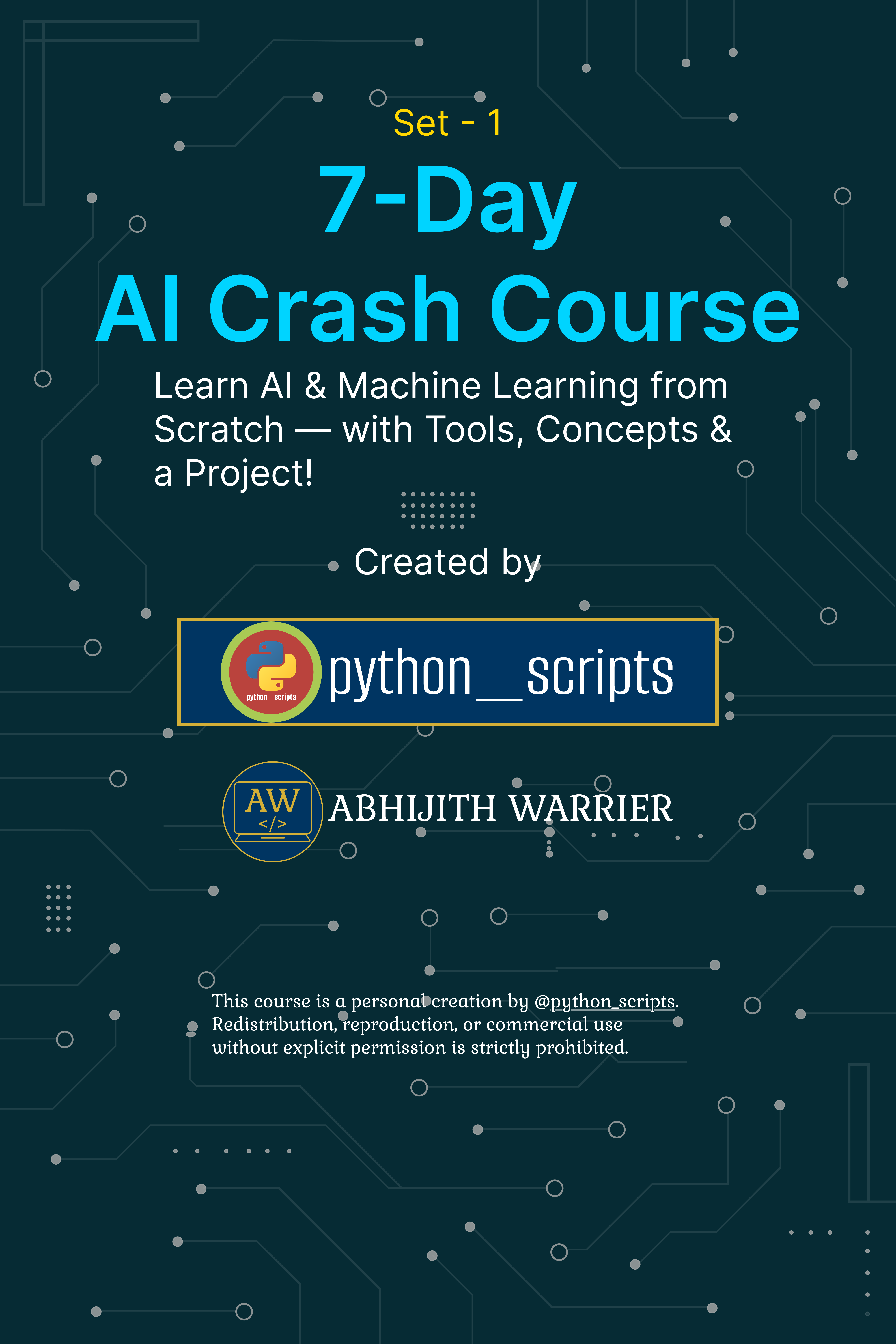Architecture Insights: CQRS and Event Sourcing - Are They Worth the Complexity?
Posted On: November 1, 2025 | 5 min read | 0
Introduction
As systems grow in scale and transactional complexity, developers start looking for architectural patterns that can handle high throughput, eventual consistency, and data traceability — without compromising performance.
That’s where CQRS (Command Query Responsibility Segregation) and Event Sourcing often enter the conversation.
Both promise scalability and clear separation of concerns — but they also introduce a fair share of architectural and operational complexity.
So the question is: are these patterns worth adopting in your next system, or are they overkill for most applications?
Understanding CQRS
CQRS stands for Command Query Responsibility Segregation — a design pattern that separates read and write operations into distinct models.
In traditional architectures, a single model handles both “commands” (updates) and “queries” (reads).
CQRS, however, splits them to optimize each side independently.
How it works
- Command side: Handles operations that change state (create, update, delete).
- Query side: Handles operations that only read data.
Each side can use different databases, data models, or scaling strategies.
For example, commands might go through a transactional SQL database, while queries use a denormalized NoSQL store for speed.
Benefits
- Better scalability (each side scales independently).
- Optimized read performance for analytics-heavy applications.
- Clearer separation of domain logic vs data representation.
Understanding Event Sourcing
Event Sourcing is an architectural pattern where state changes are stored as a sequence of events, rather than overwriting current state.
Instead of persisting the latest value of an entity, the system saves every event that led to that state.
To reconstruct the current state, you replay all the events in order.
Example:
Instead of storing balance = 100, an event-sourced system stores:
- Deposited $50
- Withdrew $20
- Deposited $70
From these events, you can rebuild the current balance.
Benefits
- Full audit trail: Every change is recorded permanently.
- Event replay: You can rebuild or debug historical states.
- Integrations: Downstream systems can react to events asynchronously.
CQRS and Event Sourcing Together
CQRS and Event Sourcing often complement each other:
- Event Sourcing provides the write model (commands produce events).
- CQRS separates the read model (queries consume materialized views built from events).
Flow:
- A command is received → validated.
- Domain logic emits one or more events.
- Events are persisted in an event store.
- A projection or read model updates asynchronously.
- Queries read from this optimized view.
Together, they form an event-driven architecture ideal for systems requiring scalability, auditability, and reactive design.
The Advantages
1. Scalability and Performance
You can independently scale read-heavy and write-heavy parts of the system.
Query databases can be tuned for fast lookups (e.g., ElasticSearch), while writes remain consistent in the event store.
2. Traceability and Debugging
Since every change is logged as an event, developers can trace exactly what happened, when, and why — invaluable for compliance-heavy domains like finance or healthcare.
3. Rebuild and Reprocess
If your projections (read models) are corrupted, you can simply replay all events to rebuild them.
This also helps when introducing new analytics models or data pipelines.
4. Business Evolution
Event Sourcing captures intent, not just outcome.
You can re-interpret past events when business logic changes — something traditional state-based systems cannot do easily.
The Challenges
1. Increased Complexity
Implementing CQRS and Event Sourcing requires managing:
- Event stores
- Projection updaters
- Message queues or brokers
- Event versioning and schema evolution
This adds infrastructure and cognitive overhead, especially for smaller teams.
2. Eventual Consistency
Because reads and writes are decoupled, data is eventually consistent, not instantly.
Systems must handle temporary discrepancies between the command and query sides gracefully.
3. Data Migration and Evolution
Once you have thousands of historical events, changing event schemas or migrating domains becomes tricky.
You need upcasting or versioned event models to stay compatible.
4. Steep Learning Curve
Team members must understand DDD (Domain-Driven Design) concepts and asynchronous event-driven flows to work effectively.
When to Use CQRS and Event Sourcing
| Scenario | Recommended? | Reason |
|---|---|---|
| High-volume transactional systems (banking, logistics) | ✅ | Scalability and auditability are critical. |
| Event-driven microservices | ✅ | CQRS aligns with asynchronous messaging. |
| Systems requiring full history (auditing, replay) | ✅ | Event sourcing provides time-travel debugging. |
| Simple CRUD applications | ❌ | Adds unnecessary complexity. |
| Small teams or early-stage startups | ⚠️ | Avoid until domain complexity justifies it. |
In short — use them when the domain complexity demands it, not because they’re trendy patterns.
Real-World Implementations
- Axon Framework (Java) – Implements CQRS + Event Sourcing with projections and command buses.
- EventStoreDB – Purpose-built event store supporting stream persistence and replay.
- Kafka + CQRS – Some organizations use Kafka topics as event stores with separate read projections.
- AWS DynamoDB Streams / SQS / Lambda – Common in serverless event-driven CQRS setups.
Big tech companies (Netflix, Uber, and Shopify) leverage event-sourced systems primarily for scale and traceability, not for every feature.
Best Practices
- Start with simple event logs — don’t over-engineer.
- Define clear event boundaries (OrderPlaced, not SaveOrder).
- Version your events early.
- Use projections for reads, not direct event queries.
- Monitor lag between event creation and read model updates.
- Document event schemas and naming conventions.
Conclusion
CQRS and Event Sourcing can unlock incredible scalability, auditability, and resilience — but only when applied to the right problem space.
For many systems, traditional CRUD with strong consistency is still simpler and faster to maintain.
For complex, distributed domains, though, these patterns can be the architectural backbone of reliability and insight.
Adopt them not as silver bullets, but as tools — powerful when used deliberately.




No comments yet. Be the first to comment!